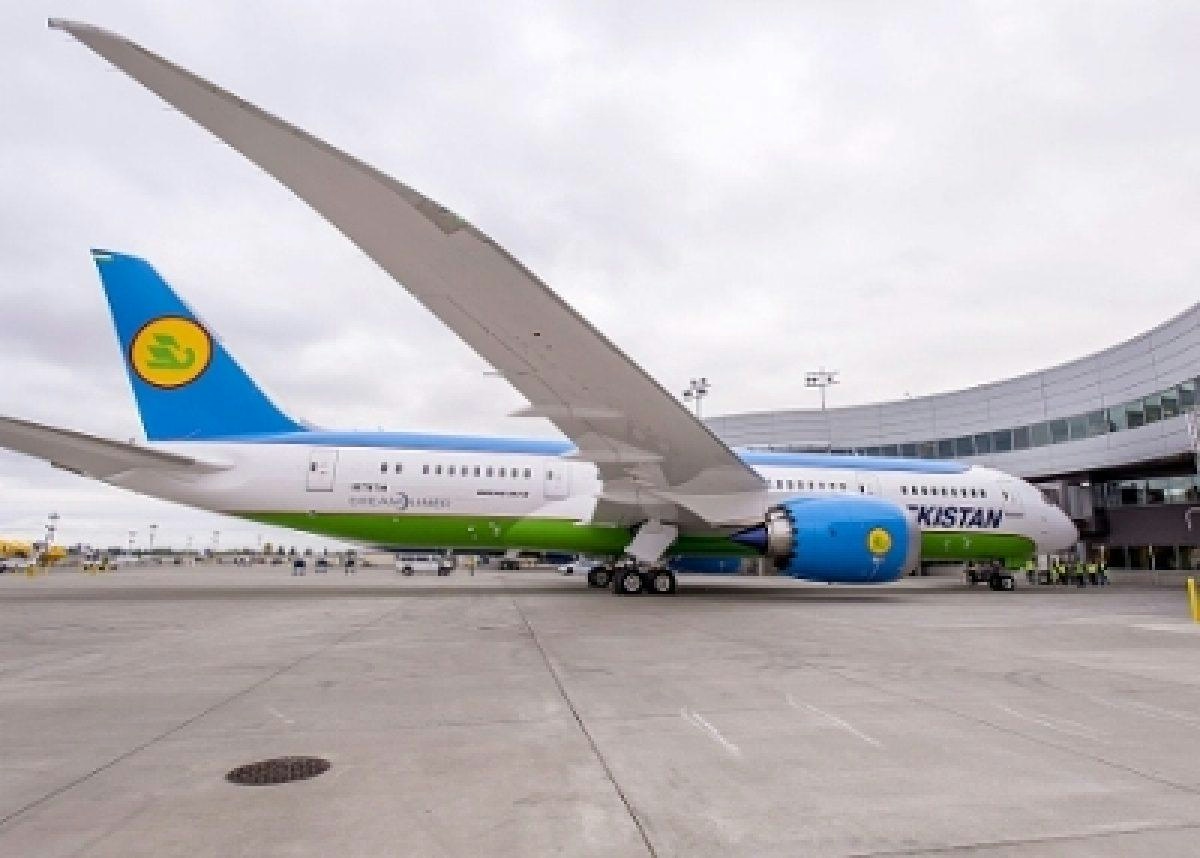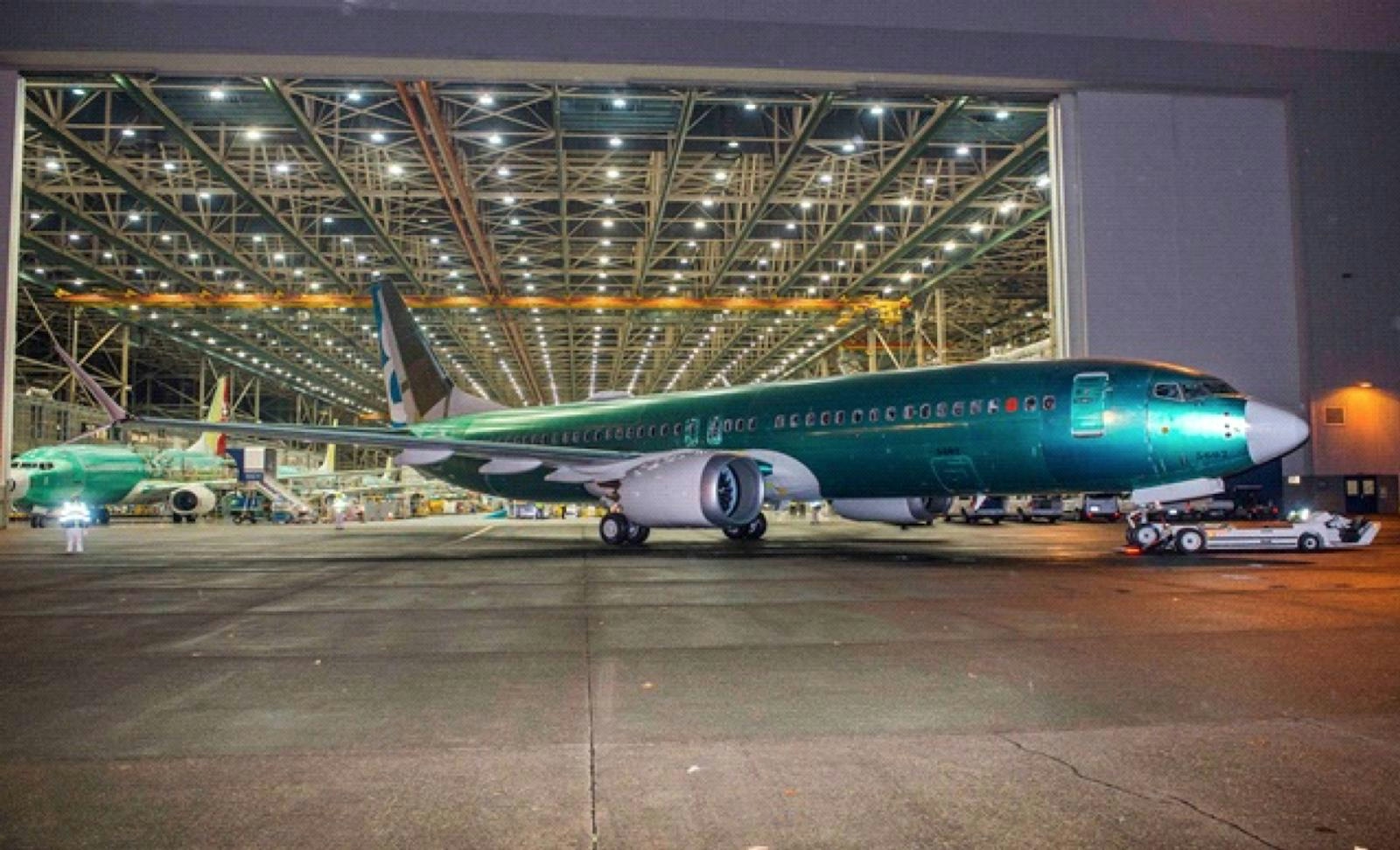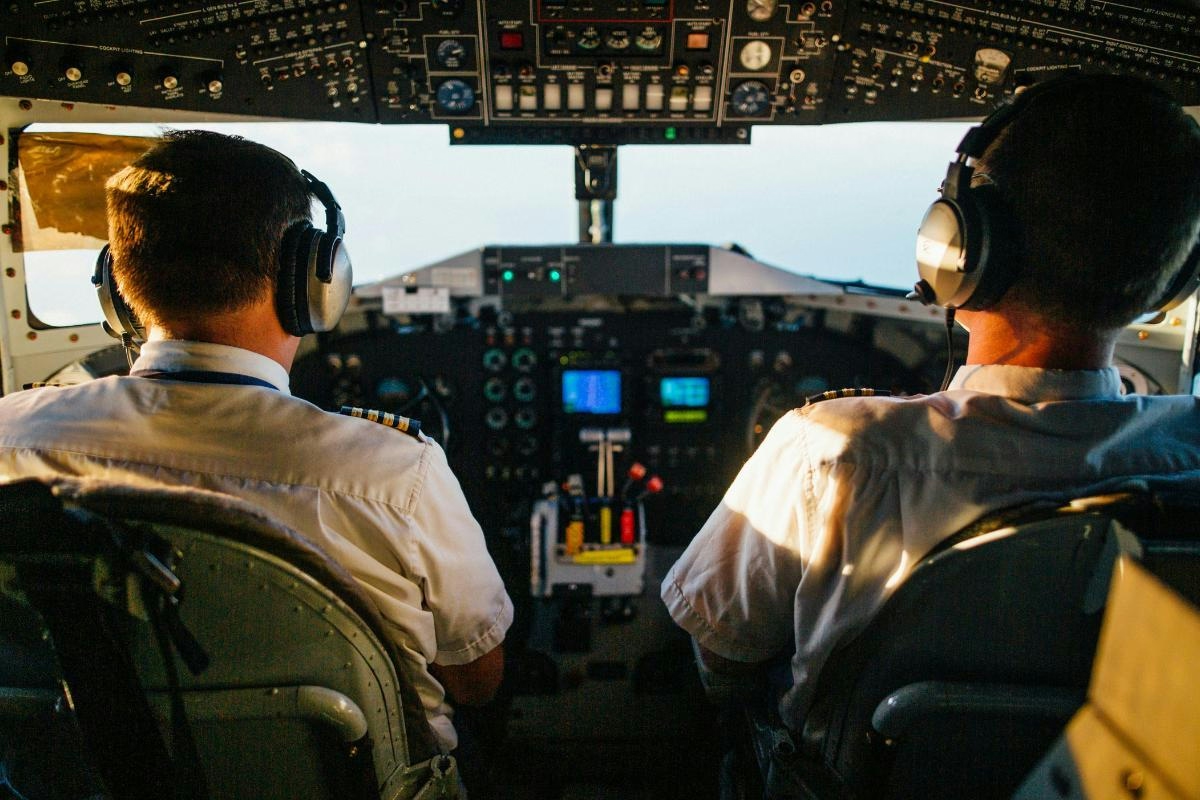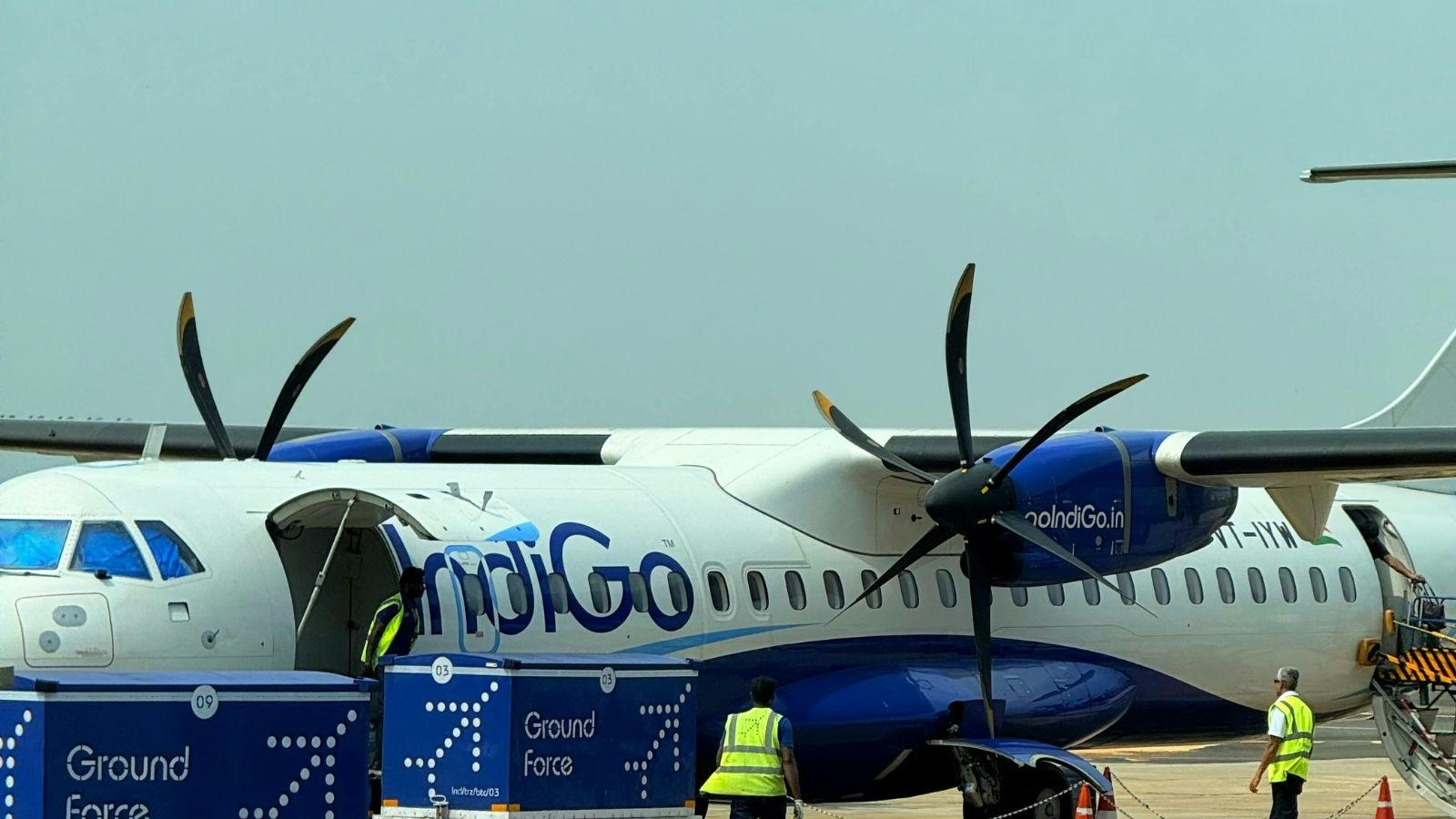
AeroGenie — ваш интеллектуальный второй пилот.
В тренде
Categories
Uzbekistan Airways Places Largest Order for Up to 22 Boeing 787 Dreamliners

Uzbekistan Airways Places Largest Order for Up to 22 Boeing 787 Dreamliners
Landmark Agreement to Modernize Fleet
On September 22, 2025, Boeing and Uzbekistan Airways announced the largest aircraft order in the airline’s history, with plans to acquire up to 22 Boeing 787 Dreamliners. The agreement includes a firm purchase of 14 Boeing 787-9 jets, alongside options for eight additional aircraft. This deal represents a significant milestone in the modernization of Uzbekistan Airways’ widebody fleet and supports nearly 35,000 jobs in the United States.
The announcement took place in New York during the United Nations General Assembly, with the presence of Republic of Uzbekistan President Shavkat Mirziyoyev, alongside executives from both Boeing and Uzbekistan Airways. Concurrently, Boeing and the Uzbekistan Ministry of Transport signed a Memorandum of Cooperation aimed at exploring further opportunities to expand the country’s aviation sector.
Strategic Expansion and Operational Benefits
Shukhrat Khudaikulov, Chairman of Uzbekistan Airways, highlighted the importance of the 787 Dreamliner family as the foundation of the airline’s long-haul operations. He emphasized that the new contract would strengthen Uzbekistan’s position as a leading aviation hub in Central Asia while enhancing global connectivity for passengers. The airline, which was the first in Central Asia to operate the 787, currently uses its 787-8 fleet to connect destinations across Europe, Asia, and the United States, including direct flights to New York City. The introduction of the larger 787-9 model is expected to facilitate further expansion of the airline’s international network amid rising demand for long-haul travel.
Brad McMullen, Boeing’s senior vice president of Commercial Sales and Marketing, underscored the enduring partnership between Boeing and Uzbekistan Airways. He noted that the 787 Dreamliner’s fuel efficiency and operational flexibility would enable the airline to enter new markets and connect more travelers to Uzbekistan’s rich cultural heritage.
The 787 Dreamliner family is renowned for its advanced aerodynamics, use of composite materials, and innovative systems, which collectively reduce fuel consumption by approximately 25% compared to previous-generation aircraft. These technological advancements allow airlines to open new routes and serve a broader range of destinations with enhanced efficiency and passenger comfort.
Challenges and Industry Context
Despite the promising outlook, Uzbekistan Airways’ ambitious order comes amid broader industry challenges. Large-scale aircraft acquisitions often face potential delivery delays and high production costs, which can place financial strain on airlines. The substantial investment required for this fleet expansion carries inherent financial risks, particularly if market conditions fluctuate.
The order is also likely to influence competitive dynamics within the region. Other carriers, including Korean Air and WestJet, have recently placed significant Boeing aircraft orders, potentially intensifying competition. These airlines may adjust their fleet strategies and operational plans in response to maintain market share and competitive advantage.
Integrating a large number of new aircraft into an existing fleet presents additional operational challenges. Uzbekistan Airways will need to enhance maintenance capabilities and invest in crew training to manage the expanded fleet effectively. Successfully addressing these factors will be critical as the airline seeks to leverage its new aircraft for sustained growth.
Boeing, a leading global aerospace company and one of the top U.S. exporters, continues to focus on innovation, sustainability, and safety while developing, manufacturing, and servicing commercial airplanes for customers in over 150 countries worldwide.

FG Plans Aircraft Leasing Company to Support Local Airlines

Air transport growth drives innovation in aviation recruitment

Archer Shares Drop 12% Following Sale of 85 Million Shares and LA-Area Airport Purchase

China Develops Mach 4 ‘ACE’ Turbojet Engine with Record Performance

Airbus Records 112 Orders and Delivers 78 Aircraft in October 2025

Global Aerospace Accumulator Market Expected to Reach $3.8 Billion by 2035

DGCA Updates Regulations on Wet and Damp Leasing of Aircraft

Kazakhstan Acquires eVTOL Aircraft to Launch Air Taxi Service in Alatau

Tinci Materials to Supply Electrolytes to Zhongchuang Innovation Aviation
